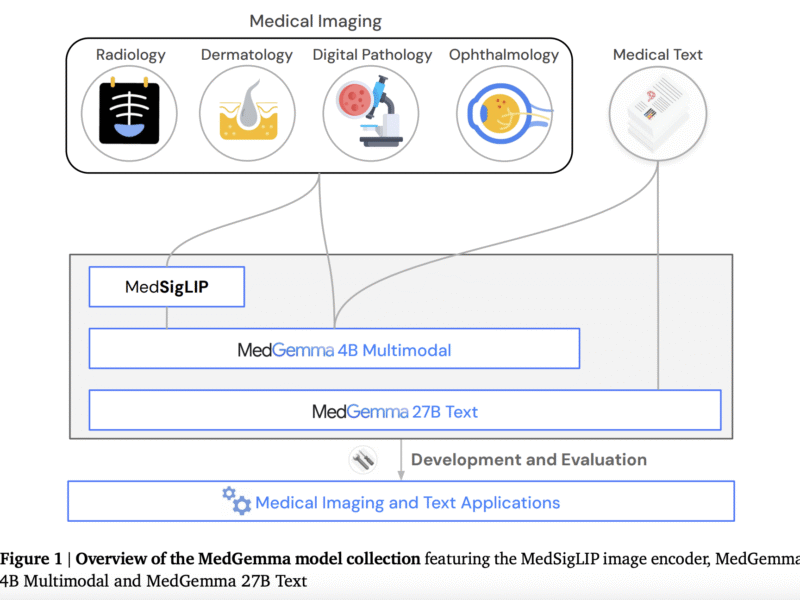Introduction to Embodied AI Agents
Embodied AI agents are systems that exist in physical or virtual forms, such as robots, wearables, or avatars, and can interact with their surroundings. Unlike static web-based bots, these agents perceive the world and act meaningfully within it. Their embodiment enhances physical interaction, human trust, and human-like learning. Recent advances in large language and vision-language models have powered more capable, autonomous agents that can plan, reason, and adapt to users’ needs. These agents understand context, retain memory, and can collaborate or request clarification when needed. Despite progress, challenges remain, especially with generative models that often prioritize detail over efficient reasoning and decision-making.
World Modeling and Applications
Researchers at Meta AI are exploring how embodied AI agents, such as avatars, wearables, and robots, can interact more naturally with users and their surroundings by sensing, learning, and acting within real or virtual environments. Central to this is “world modeling,” which combines perception, reasoning, memory, and planning to help agents understand both physical spaces and human intentions. These agents are reshaping industries such as healthcare, entertainment, and labor. The study highlights future goals, such as enhancing collaboration, social intelligence, and ethical safeguards, particularly around privacy and anthropomorphism, as these agents become increasingly integrated into our lives.
Types of Embodied Agents
Embodied AI agents come in three forms: virtual, wearable, and robotic, and are designed to interact with the world in much the same way as humans. Virtual agents, such as therapy bots or avatars in the metaverse, simulate emotions to foster empathetic interactions. Wearable agents, such as those in smart glasses, share the user’s view and assist with real-time tasks or provide cognitive support. Robotic agents operate in physical spaces, assisting with complex or high-risk tasks such as caregiving or disaster response. These agents not only enhance daily life but also push us closer to general AI by learning through real-world experience, perception, and physical interaction.
Importance of World Models
World models are crucial for embodied AI agents, enabling them to perceive, understand, and interact with their environment like humans. These models integrate various sensory inputs, such as vision, sound, and touch, with memory and reasoning capabilities to form a cohesive understanding of the world. This enables agents to anticipate outcomes, plan effective actions, and adapt to new situations. By incorporating both physical surroundings and user intentions, world models facilitate more natural and intuitive interactions between humans and AI agents, enhancing their ability to perform complex tasks autonomously.
To enable truly autonomous learning in Embodied AI, future research must integrate passive observation (such as vision-language learning) with active interaction (like reinforcement learning). Passive systems excel at understanding structure from data but lack grounding in real-world actions. Active systems learn through doing, but are often inefficient. By combining both, AI can gain abstract knowledge and apply it through goal-driven behavior. Looking ahead, collaboration among multiple agents adds complexity, requiring effective communication, coordination, and conflict resolution. Strategies like emergent communication, negotiation, and multi-agent reinforcement learning will be key. Ultimately, the aim is to build adaptable, interactive AI that learns like humans through experience.
Conclusion
In conclusion, the study examines how embodied AI agents, such as virtual avatars, wearable devices, and robots, can interact with the world more like humans by perceiving, learning, and acting within their environments. Central to their success is building “world models” that help them understand context, predict outcomes, and plan effectively. These agents are already reshaping areas like therapy, entertainment, and real-time assistance. As they become more integrated into daily life, ethical issues such as privacy and human-like behavior require careful attention. Future work will focus on improving learning, collaboration, and social intelligence, aiming for more natural, intuitive, and responsible human-AI interaction.
Check out the Paper here. All credit for this research goes to the researchers of this project. Also, feel free to follow us on Twitter, and Youtube and don’t forget to join our 100k+ ML SubReddit and Subscribe to our Newsletter.
Sana Hassan, a consulting intern at Marktechpost and dual-degree student at IIT Madras, is passionate about applying technology and AI to address real-world challenges. With a keen interest in solving practical problems, he brings a fresh perspective to the intersection of AI and real-life solutions.

